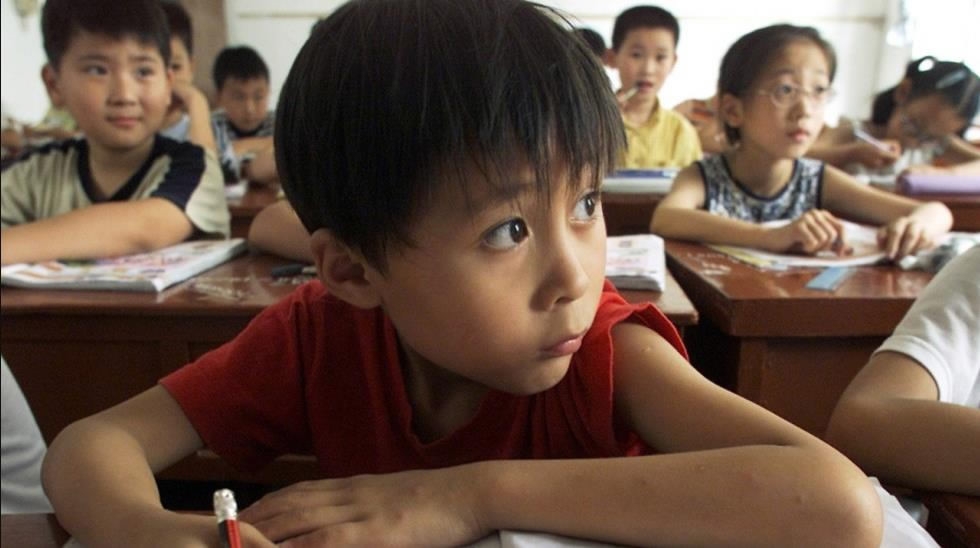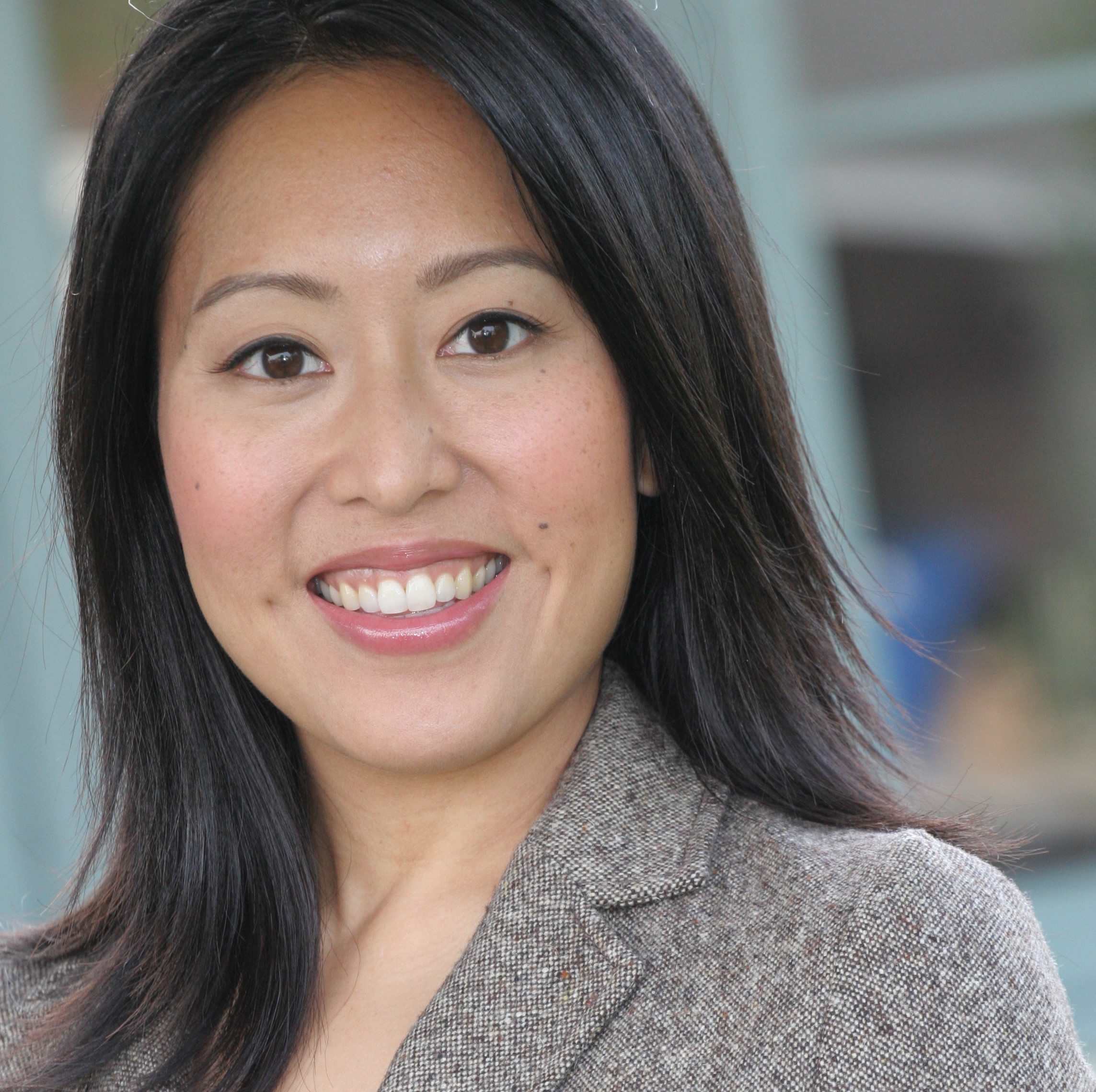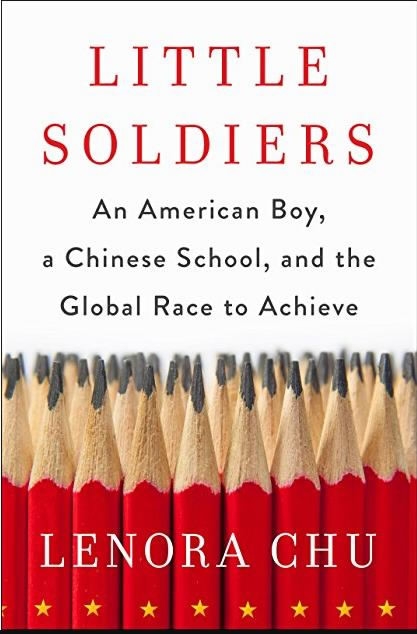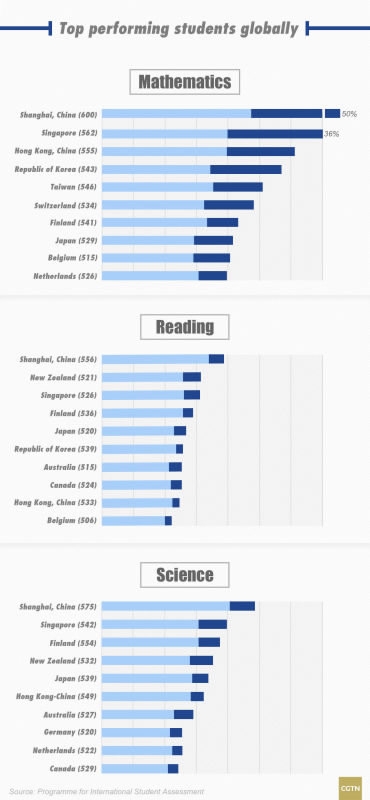
Culture
16:20, 18-Oct-2017
Lessons US schools could learn from China
Ty Lawson

After an American mother put her toddler in an elite state-run school in Shanghai, she soon realized that the US education system could learn a few things from China.
"The Chinese really understand what they do right, early rigor, the way they teach math," Shanghai resident Lenora Chu said. "The US is really good at making kids heard and valued as individuals."
When the Chinese-American mother moved to Shanghai with her family in 2010 her then-3-year-old son, Rainey was admitted to a prestigious preschool forcing Chu to be confronted with the stark differences between American classrooms and the world-renowned Chinese approach to education.

Lenora Chu, author of "Little Soldiers: An American Boy, A Chinese School, and the Global Race to Achieve."/Lenora Chu
Lenora Chu, author of "Little Soldiers: An American Boy, A Chinese School, and the Global Race to Achieve."/Lenora Chu
While Chu and her husband originally had some hesitations about prevailing Chinese attitudes toward schooling, they ultimately decided to give it a try. She said a large part of their reasoning was because Shanghai is considered to be the center of education reform in China. Students there regularly have some of the top math and reading test scores in the world. The year prior to their move, Shanghai dominated the Program for International Student Assessment rankings.
"We’re fortunate that we are in Shanghai. It is a pilot area for education reform," she told CGTN Digital. "These teachers are well-educated and have traveled the world."
Taught them a lesson - teacher knows best
Chu and her son had a bit of a culture shock after his first week of attending the school. A teacher put eggs – a food Rainey hated – into his mouth and held it shut until he swallowed. Chu was upset and confronted the teacher about it.
“I hated the process but I appreciated the outcome. Sometimes the kids should do what they don’t want to do," Chu said. “This really made me think about what is best for the child."
The egg incident is one of the anecdotes Chu writes about in her new book about the experience, called "Little Soldiers: An American Boy, A Chinese School, and the Global Race to Achieve."

/HarperCollins Publisher
/HarperCollins Publisher
Being a journalist, Chu decided to investigate the differences she was seeing between Chinese and American classrooms. She was able to visit classrooms in both countries to get an up-close look at each education process.
“It really was an accident but it was organic the way I started to look into some of these issues,” she said. “But at the same time, all these international headlines were telling about how great the schools were here.”
Chu said Rainey is still attending a state-run school in Shanghai, while her youngest son is enrolled in an international kindergarten.
"We are taking it year by year," she said. "We supplement at home with sports, arts and reading for pleasure."
Chu said the two countries' approaches to education differ and there are things we can learn from both to find an effective middle ground.
“We are all so concerned with educating our kids for the future of our future. In China there is a mobilization for change in education,” she said. “In the US the debate on education is polarizing.”
Lesson learned - 'same same' but different
CGTN Digital spoke with Lixian Cui, Ph.D., Assistant Professor of Applied Psychology, NYU Shanghai, about Chu’s experience and the overall global education push.
“Immigration for educational purposes is not a new thing for Chinese parents sending their children abroad,” he said. “It is rare to see an Asian American mom sending her toddler son to Chinese public schools.”
Dr. Cui said both countries' educational systems have their pros and cons.

Global rankings for mathematics, reading and science according to the Program for International Student Assessment 2009 report. /CGTN Digital
Global rankings for mathematics, reading and science according to the Program for International Student Assessment 2009 report. /CGTN Digital
“No matter which direction parents are immigrating for education, exposure to different values and practices may benefit children academically and socially,” he said.
Chu's recounting of Rainey's adjustment seems to show just how he managed to flourish in the Chinese school despite her initial learning curve.
Dr. Cui said the US and China have a lot to learn from each other.
“Chinese educational system emphasizes effort and respect for authority, whereas the US educational system values innate talent and allows a lot of autonomy in classrooms," he said. “It is very important to encourage children to work hard, which facilitates the development of persistence and resilience.”
Lesson in learning - sometimes less is more
The stellar performance of children in China’s richest cities in international tests of ability in maths, science and reading have painted a shimmering picture of the country’s education system abroad. But feelings are mixed in China, where some parents do grapple with concerns that state schools are too competitive, the exam culture is too stressful and curriculums favor cramming over creativity.
"China is not a monolithic. The education system is complicated whether you're in rural or urban areas in China," Chu said. "A generation ago everyone was on equal footing. That’s changing."
The transformation is a part of the reason why Chu calls China's education system complicated. Adding to the intricate system is the pressure for students to excel on the national entrance exam for universities in China known as gaokao. Few parents want to take risks with the test that can make or break their child's future. Parents deplore the pressure that the gaokao imposes.
The State Council, China’s cabinet, called for reform of the country’s examination system in 2014. Critics say that the current system puts students in rural parts of China at a disadvantage. Despite its stresses and controversies, the test provides the only chance for less privileged students to make it to the top.

SITEMAP
Copyright © 2018 CGTN. Beijing ICP prepared NO.16065310-3
Copyright © 2018 CGTN. Beijing ICP prepared NO.16065310-3